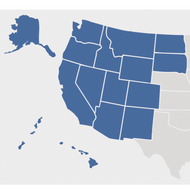Faculty Using OER: Recognition Letter Template
(View Complete Item Description)The following resource was shared by Jonas Lamb at the University of Alaska Southeast.Each year, Faculty Champions are recognized for their efforts to utilize Open Educational Resources (OER) or Affordable Educational Resources (AER) as required materials in their course(s). Increasing the use of OER is a strategic goal for Academics at UAS and use of OER and AER is recognized as as a form of academic leadership which advances innovation in teaching (a component of the UAS Value of Excellence) and learning with impact beyond UAS classrooms. The resources here are sample faculty recognition letter templates used to recognize faculty using OER and how the adoption of OER in their classroom has impacted students. You can learn more on their website.
Material Type: Case Study








